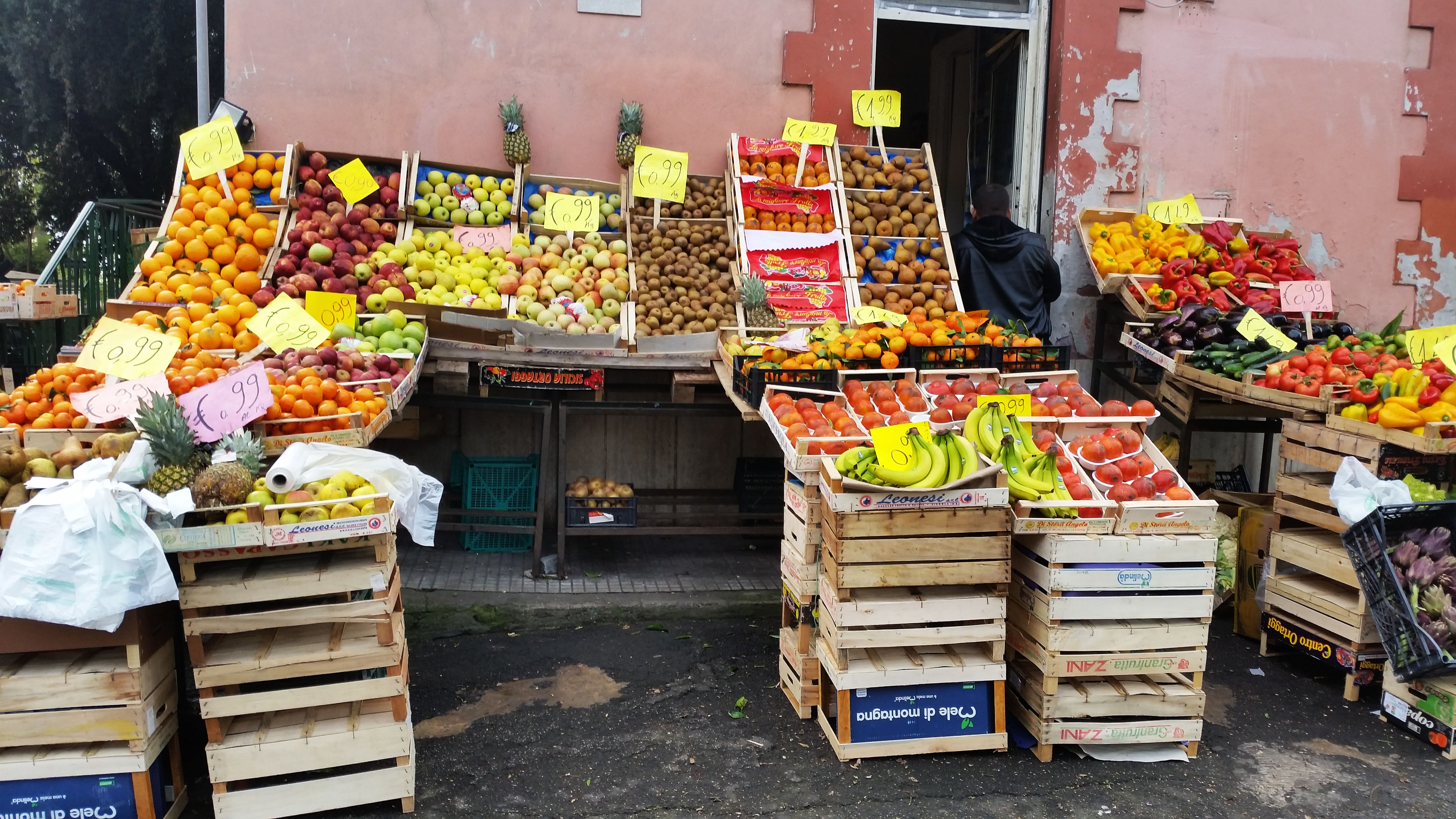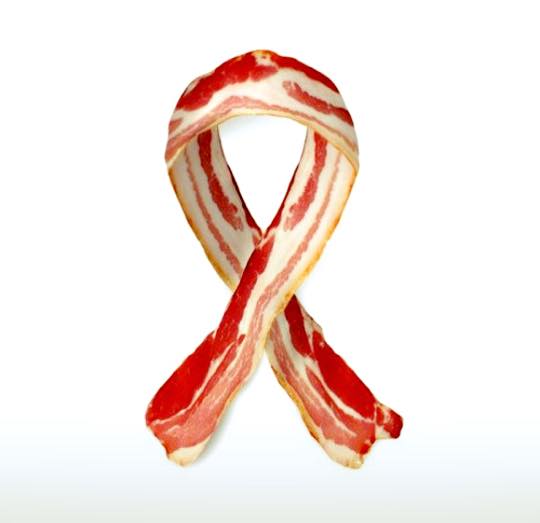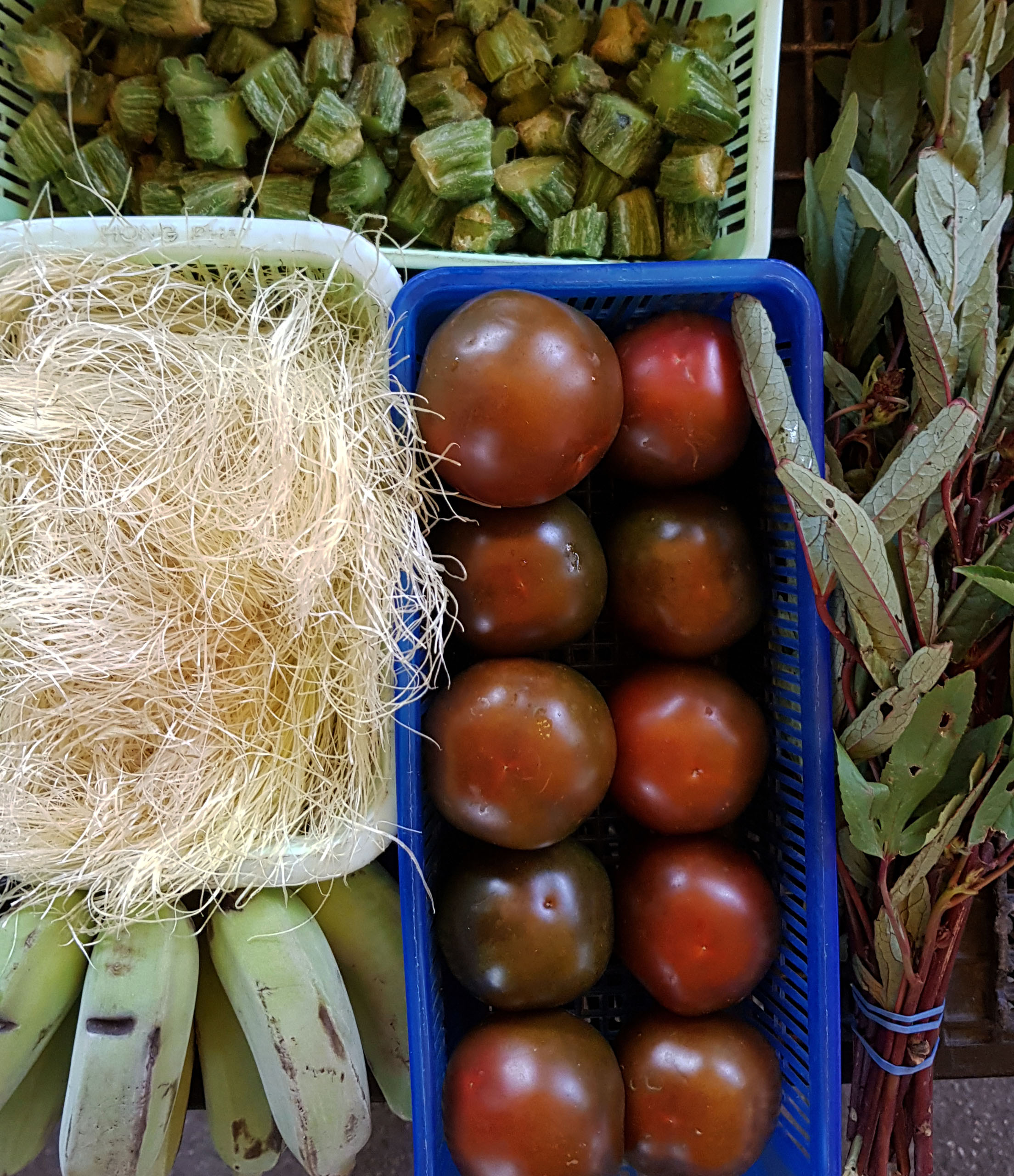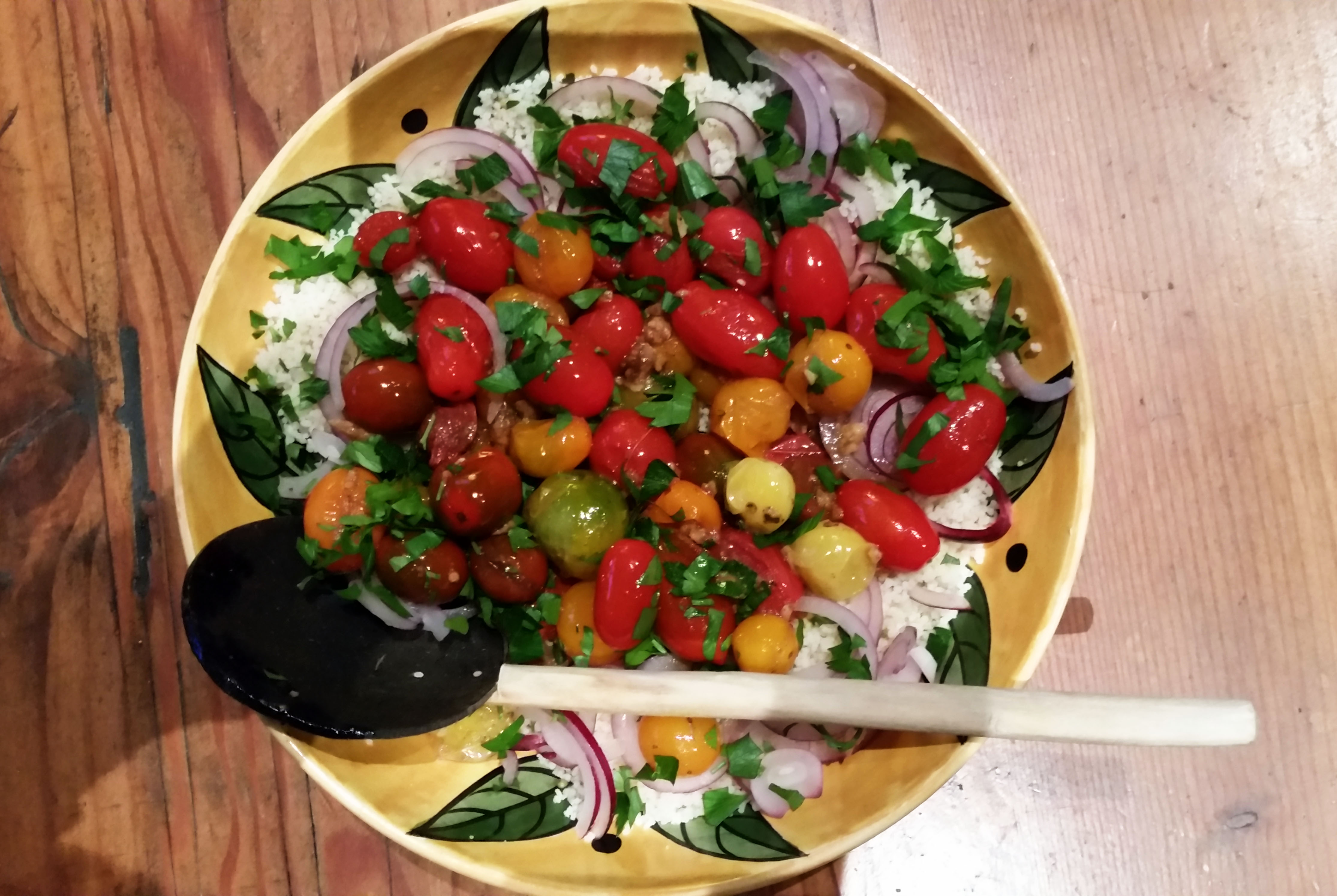
Fruit stall in Ostia Antico
How the chicken nugget became the true symbol of our era
‘That it was urban, and not rural, hunger that troubled policy makers is vitally important. Food and employment for people in rural areas – where most of the world’s hunger was concentrated – were of little concern. Hunger began to matter politically only when the poor came to the cities and translated it into anger, and thence potentially into insurrection and a challenge to the rule of cheap nature. It’s here – in the bourgeois concern about that rule and its need for worker quiescence – that we find the origin of what came to be known as the Green Revolution.’
Just one para from the most stimulating article on food I have read in many a day. The article is adapted from A History of the World in Seven Cheap Things by Raj Patel and Jason W Moore, published by Verso on 22 May. I can’t wait to read the book.
https://bit.ly/2rE3LPt
How Do We Change The Future of Food? A Talk With Raj Patel
‘Sitting in the University of Gastronomic Sciences’ canteen as he waited to give a talk to the UNISG students, Raj Patel was kind enough to spend some time talking with us, sharing his thoughts on the challenges that we face today, the importance of gastronomy and education in changing the status quo, and the movements that are leading the way towards real, positive change.’
While waiting for the book you can watch and listen to Patel discussing ‘transformative gastronomy’.
Listen to a Hilarious Takedown of Jonathan Cheban’s $1,000 Gold Chicken Wings
‘One of the most insipid culinary trends of the Instagram era — comfort food smothered in gold — is the inspiration behind a biting (and catchy!) new song from comedian Tim Heidecker, of Tim and Eric fame. His tune is specifically a vicious takedown of Kardashian acquaintance Jonathan Cheban — aka the Foodg?d— who recently appeared in a video for Food Insider hawking $1,000-a-plate gold-encrusted chicken wings at bro-tastic NYC sports bar the Ainsworth.’
And the antithesis… Gees I hope they all choke on em.
Pork Roll Ice Cream Is the Ultimate New Jersey Delicacy
‘The sweet-and-salty-treat from Windy Brow Farms in Fredon Township incorporates bits of the processed pork product that’s commonly called “pork roll” in southern New Jersey and “Taylor ham” in the northern section of the state. To cut the salinity of the Taylor ham, the Windy Brow dairy farmers are also adding maple syrup and bits of French toast to the mix. Windy Brow’s managing partner Jake Hunt apparently thought that an all-pork-roll ice cream would be “gross” without the undercurrent of sweetness.’
And also…Is it any wonder that obesity is rampant in the US. Taking my cue from Nancy Reagan – Just Say NO!!!

Want to eat better? You might be able to train yourself to change your taste
‘Six taste qualities have been identified: sweet, salty, sour, umami (savoury), fat and bitter. A recent study has also provided evidence for starch taste being a seventh taste quality. Each quality detects different nutritional components in a food.
Sweet indicates sugar content and salty indicates mineral content such as sodium. Sour taste indicates the presence of excessive acid and umami reflects protein content. Fat taste indicates fat content, while bitter taste points to potential toxins in foods.’
I’ll see your seven and raise you eight. But seriously, this is an interesting article on the potential to alter our experience of satiety which may help people who are less sensitive to the taste of fat as a marker of satiety, for example. Heaven forbid that the placing of this item in any way comments on the item just above.
Recycle the Weetabix! What I learned from a month on the app that tackles food waste
‘I put it to Cook that the app exists on two different levels: one for a well-meaning middle class, with food leftover from fashion shoots or Sunday dinner, and then people who are travelling a long way to pick up not very much food at all.’
And of course it depends on the person (a) having a smart phone (b) having the wherewithal to travel to get to the food. Disappointingly Wolfson, the author, doesn’t question the app developers’ assertion: ‘We have found that around a third of our regular requestors are living in poverty’. Me, I’d like to know how they ‘found’ this and how they define ‘living in poverty’.

Hapi’s stall at my local farmers’ market is always a great example of using as much of a product as you can: the stems of zucchini; rosella leaves; corn silk
‘My whole life has been a lie’: Sweden admits meatballs are Turkish
‘Having acquired a taste for the local cuisine, he returned to Sweden in 1714 with the recipe not just for köfte, the spiced lamb and beef meatballs that in time became the Swedish staple ko?ttbullar, but also for the popular stuffed cabbage dish now known in Sweden as kåldolmar.’
Scandi noir rife in Ikea!
Where Did the Prohibition on Combining Seafood and Cheese Come From?
‘“IT DEFINITELY ORIGINATED IN ITALY, there’s no doubt about that,” says Julia della Croce, a cookbook author, teacher, writer, and one of America’s foremost experts on Italian cuisine. “Italians are very religious about mixing cheese and fish or seafood, it just isn’t done.” I spoke with several food historians and nobody seems to disagree on this point: The prohibition, and its aggressiveness, come from Italy.’
Wherever it came from – and the article goes on to cite food historian Kan Albala as suggesting it comes from ancient humoral medicine proscriptions – I am so glad my mum never subscribed to this: one of her best dishes (and to tell the truth there weren’t that many) was her tuna mornay.
Latest trend: Gut health claims in Australia
‘The success of probiotic dairy foods as well as the free-from trends (e.g. gluten, lactose, carbohydrate) indicate that consumers are motivated to buy products that allow them to feel digestive wellness.’
If you’ve been following Compost for a while you’ll know that I am believer in the importance of my biome – gut and all – toward my better health. So this is good news for me, with the caveat that it doesn’t mean people should reach for a dose of probiotic every time they get a tummy ache. Hmmm…I wonder what tuna mornay does for my gut bugs?
https://bit.ly/2HY36iF

Forty jewel couscous
How salad became a major source of food poisoning in the US
‘Marler also blames Americans’ love of convenience for the problem. “Mass-produced chopped, bagged lettuce that gets shipped around the US amplifies the risk of poisoning,” he said.
Instead of shipping heads of lettuce or large carrot sticks that people wash, we chop them and mix them up in processing, then package them in plastic bags. In that process, Marler said, “The bacteria has a chance to grow. And a lot of people get sick.”’
Convenience always has its costs. But as this article points out the story is not that simple. Fascinating insights into where along the whole production chain risks of contamination lie.
